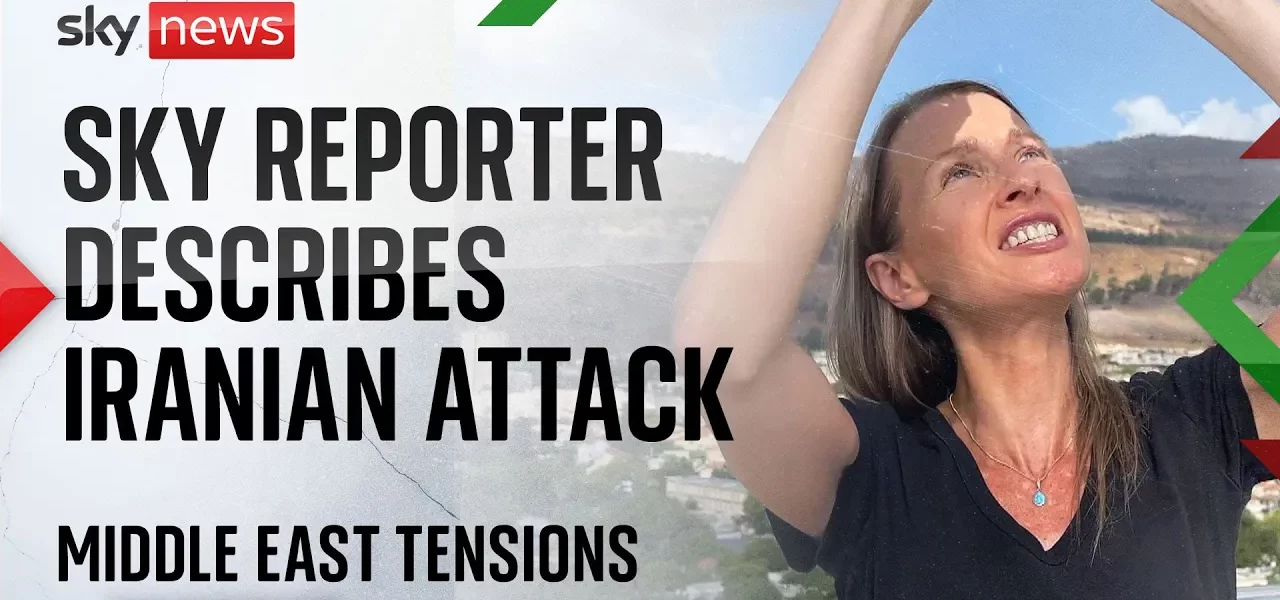Firsthand Account of the Iranian Missile Attacks on Israel

This article provides a detailed exploration of the recent missile attacks launched by Iran against Israel, sharing insights from a live report and discussing the implications of the ongoing conflict with Hezbollah. The situation is complex, with multiple fronts and heightened tensions in the region.
Introduction
The recent Iranian missile strikes on Israel have escalated tensions in the already volatile region. This article captures a firsthand account of the events as they unfolded, providing an in-depth look at the experience of those caught in the crossfire. The narrative not only highlights the immediate dangers faced by civilians and military personnel but also places these events within the broader context of the ongoing conflicts involving Hezbollah and other militant groups. Understanding this situation is crucial for grasping the complexities of Middle Eastern geopolitics.
Details of the Attack
During the recent missile strikes, the atmosphere was charged with anxiety and disbelief. The following subsections elaborate on the specifics of the attack, the reactions of those present, and the geographical implications of the missile strikes.
Geographical Context
The attack occurred in Northern Israel, an area that shares borders with both Lebanon and Syria. This positioning is crucial as it provides insight into the direction of the missile strikes and the potential escape routes for those affected. The geography is marked by:
- Proximity to Lebanon, where Hezbollah operates.
- Strategic significance due to its location near Syria.
- Open landscapes that can expose civilians to aerial attacks.
Visual Experience of the Missile Strikes
The visual experience of witnessing incoming missiles was surreal. Civilians observed:
- Streaks of orange lights soaring through the sky.
- Explosions caused by Israeli air defense intercepting the missiles.
- Moments of tense silence followed by the sounds of sirens and explosions.
This imagery paints a vivid picture of the chaos and confusion experienced by those in the vicinity.
The Response to the Attack
Amidst the chaos, the immediate response from both civilians and military forces was critical. This section outlines the actions taken during and after the attack.
Civilians Seeking Shelter
As the sirens blared, civilians had to act quickly to find cover. The urgency of the situation forced many to:
- Leave their belongings behind.
- Seek shelter in designated safe zones.
- Remain alert to the sounds of incoming fire and explosions.
Military Engagement
The Israeli military responded with artillery fire aimed at Hezbollah positions in Lebanon. Key points include:
- Continuous outgoing artillery rounds observed.
- Reports of localized, targeted raids against militant positions.
- Increased military presence and readiness in the region.
This response underscores the ongoing nature of the conflict and the commitment of Israeli forces to defend their territory.
Conclusion
The Iranian missile attacks on Israel represent a significant escalation in regional tensions, with profound implications for the ongoing conflict involving Hezbollah. The firsthand accounts of those who experienced these events highlight the fear, confusion, and rapid response required in such crises. As the situation continues to evolve, it is essential to stay informed about developments in the region. We encourage readers to follow updates from reliable news sources and engage in discussions about the complexities of Middle Eastern geopolitics.
For more insights into the ongoing conflicts in the Middle East, check out our related articles on Middle Eastern Geopolitics and The Role of Hezbollah in Regional Conflicts.
“`




